We want you to share Forests News content, which is licensed under Creative Commons Attribution-NonCommercial-ShareAlike 4.0 International (CC BY-NC-SA 4.0). This means you are free to redistribute our material for non-commercial purposes. All we ask is that you give Forests News appropriate credit and link to the original Forests News content, indicate if changes were made, and distribute your contributions under the same Creative Commons license. You must notify Forests News if you repost, reprint or reuse our materials by contacting forestsnews@cifor-icraf.org.
In a chronically dry region of Kenya, outside Nairobi, women are becoming farmer scientists, working with CIFOR-ICRAF researchers to find ways to make the often-parched soil produce food for their families and the market.
The women are testing different types of mulch to see which works best in their difficult conditions. Their next goal is to work with scientists to identify the active compounds in plants they use to control pests.
“Our Indigenous knowledge is still highly valued, because it’s diversified, particularly in rural areas where we don’t have a lot of technology,” says Esther Kiruthi Kagai, founder of the Community Sustainable Agriculture and Healthy Environment Program (CSHEP), a community-based organization that trains small-scale farmers, especially women.
Between caring for their families and tending their crops, “women do so much work that is not recognized” – an inequity that is exacerbated when they do not have property rights, Kagai says. “But when traditional knowledge is blended with scientific knowledge, you can come up with good ideas for innovation that make things easier for women.”
Partnership between scientists and local communities is a fundamental principle of CIFOR-ICRAF’s work, especially with women, says Elisabeth Garner, the organization’s Gender, Equality and Social Inclusion (GESI) lead and scientist.
“In planning and carrying out research, the community should take the lead in expressing what they want to accomplish,” Garner says. “Scientists are there to work with them, building on the community’s knowledge and strengths to help them achieve their goals.” CIFOR-ICRAF scientists have been working collaboratively with communities for decades and continue to adapt their approach to new situations, she adds.
Ideally, scientists should be “co-creators” with communities, says Lisa Fuchs, CIFOR-ICRAF social systems and engagement scientist and leader of the organization’s Asset-Based Community-Driven Development (ABCD) team.
“People do things they care about and believe in, so it’s important to understand what motivates people, what they care about and what they want to address,” says Fuchs, who works with Kagai and CSHEP in Kenya as part of the CGIAR Initiative on Agroecology. That implies working closely with local people, she adds, because “you cannot assess from the outside what matters to someone and what you can work on, as a researcher, to make a meaningful contribution to someone’s life.”
Because “no one likes to be identified by their needs,” she says, she begins by helping people identify their assets rather than what they lack. “This helps build a sense that they can influence their lives in a positive way, which leads to a change in mindset that motivates them to move toward more sustainable practices.”
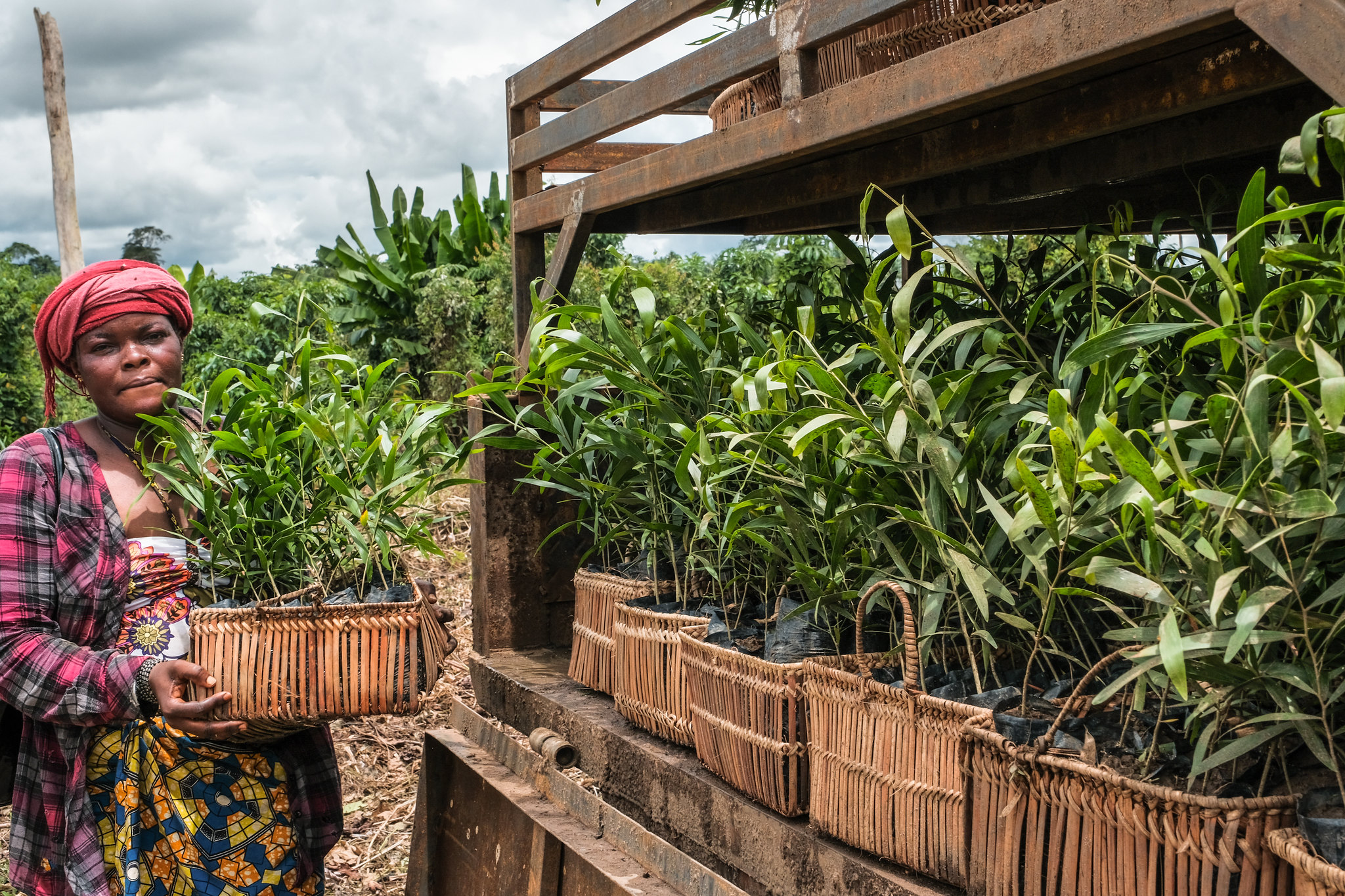
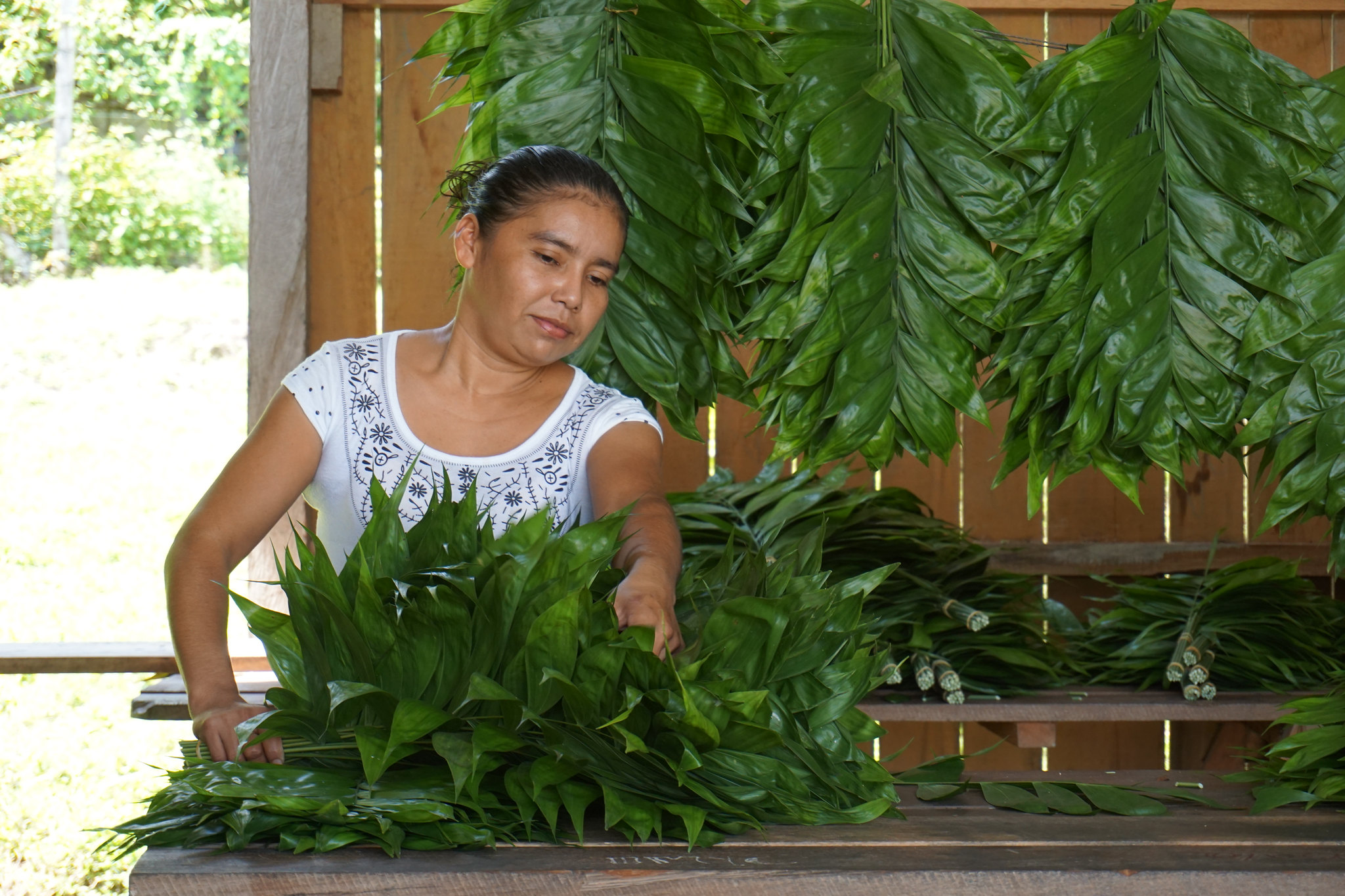
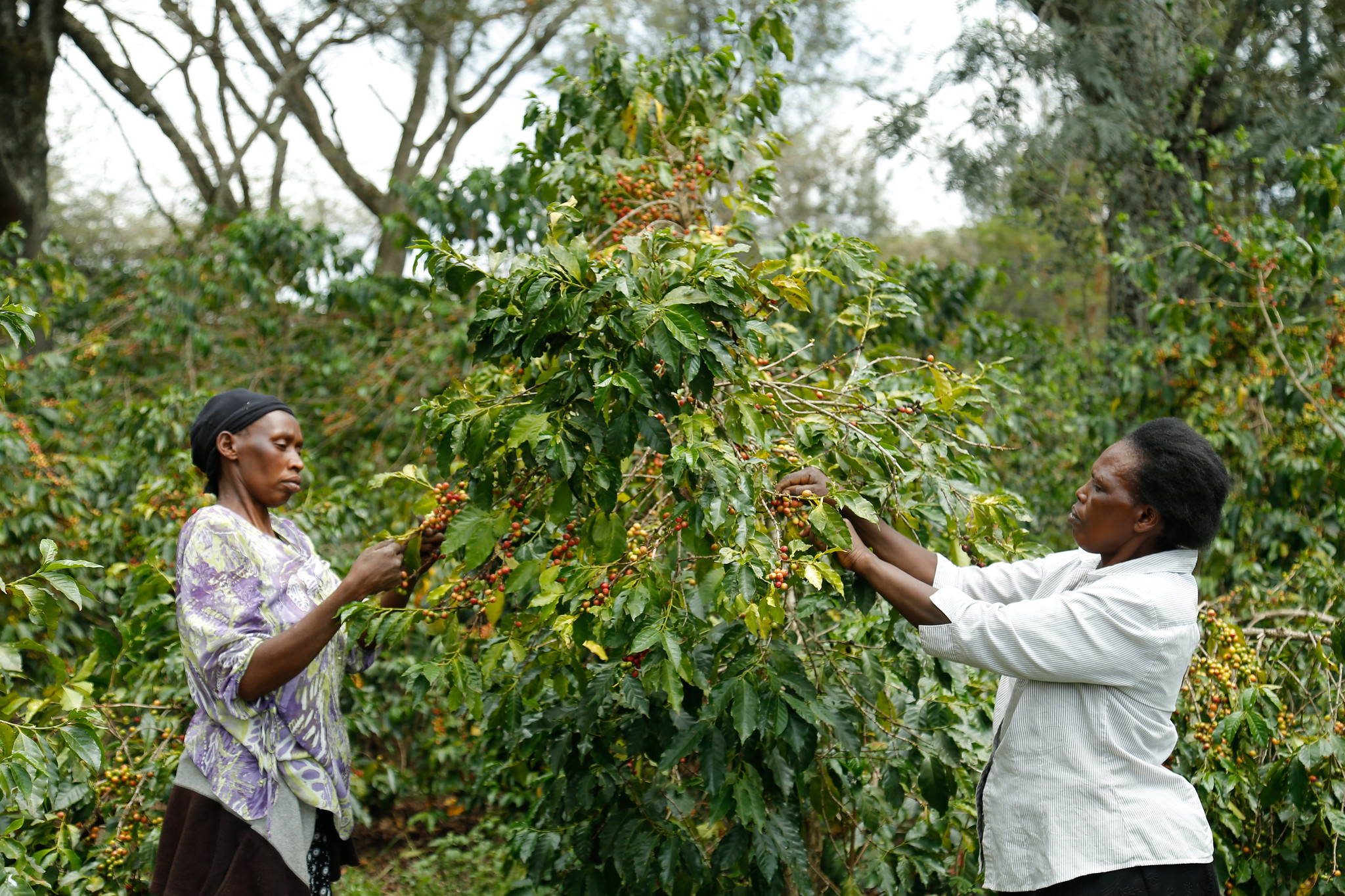
When traditional knowledge is blended with scientific knowledge, you can come up with good ideas for innovation that make things easier for women.
– Esther Kiruthi Kagai, founder of the Community Sustainable Agriculture and Healthy Environment Program
“If you really want to help communities solve problems, you have to start with what they say about the problem,” adds Anne Larson, who leads CIFOR-ICRAF’s team on governance, equity and well-being. “As a scientist, you may come in with technology or seeds, but you really need to listen to people.”
That means taking the time to build relationships, getting to know the community and its members and developing trust. “Until you gain that trust,” she says, “your engagement with the community is going to be superficial.”
Spending time in the community and listening to people, especially women, also helps researchers understand power dynamics within the community and between communities and government officials or other authorities. “Problems often don’t originate in the community,” Larson says. “They often start elsewhere, so to address them, you may need to work at multiple levels.”
Working with women to improve land or forest management might hit roadblocks, for example, if women do not have the right to own land, says Larson, whose work focuses particularly on forest and landscape management and property rights, especially for women and Indigenous Peoples.
Listening to women in countries like Nicaragua, Peru and Ethiopia has taught Larson that women face both obstacles and opportunities.
“They have one layer of obstacles and opportunities in the household, with their spouse,” Larson says. “There’s another level in the village – do they have voice or vote in community decisions?”
Local and national governments also have an impact on women’s lives and rights, “and every step of the way, women face obstacles that men don’t because men have more power,” she says. “Some of the most exciting work is thinking about how those levels interact.”
Larson has studied those interactions in programmes for reducing greenhouse gas emissions from deforestation and forest degradation (REDD+). She also has studied processes in which local communities, government officials and others come together to discuss and make decisions about land and forest management in a particular landscape.
A study of such multistakeholder forums in Brazil, Peru, Ethiopia and Indonesia found that these efforts must go beyond simply bringing people to the table and must address power inequalities if they are to be effective.
Even if women have decision-making roles in their households or villages, “the higher up you go in political power structures, in most of the places where we’ve worked, the fewer and fewer women there are,” says CIFOR-ICRAF senior associate Carol Colfer.
She and her colleagues developed a method called Adaptive Collaborative Management, which has proven particularly effective for involving women community members in all stages of decision making about forest management.
“In this process, people first talk about their long-term goals,” she says. “They come up with things they agree on for their community, then figure out steps they need to take. They plan it, do it and monitor what happens. If problems arise, you can change pathways and find a new way forward. In that process, you learn a lot about the local situation – and so do the villagers.”
The process also gives people self-confidence, she says, adding. “If you get people’s self-confidence up, they have the courage to try new things, and that’s really powerful.”
In rural areas where she and her colleagues have worked, “we found that women became much more willing to express themselves, much-more able to analyse their own situations and the power dynamics in their area, much better at conflict resolution,” Colfer says. “Those things are enduring – you don’t lose the skills you gain.”
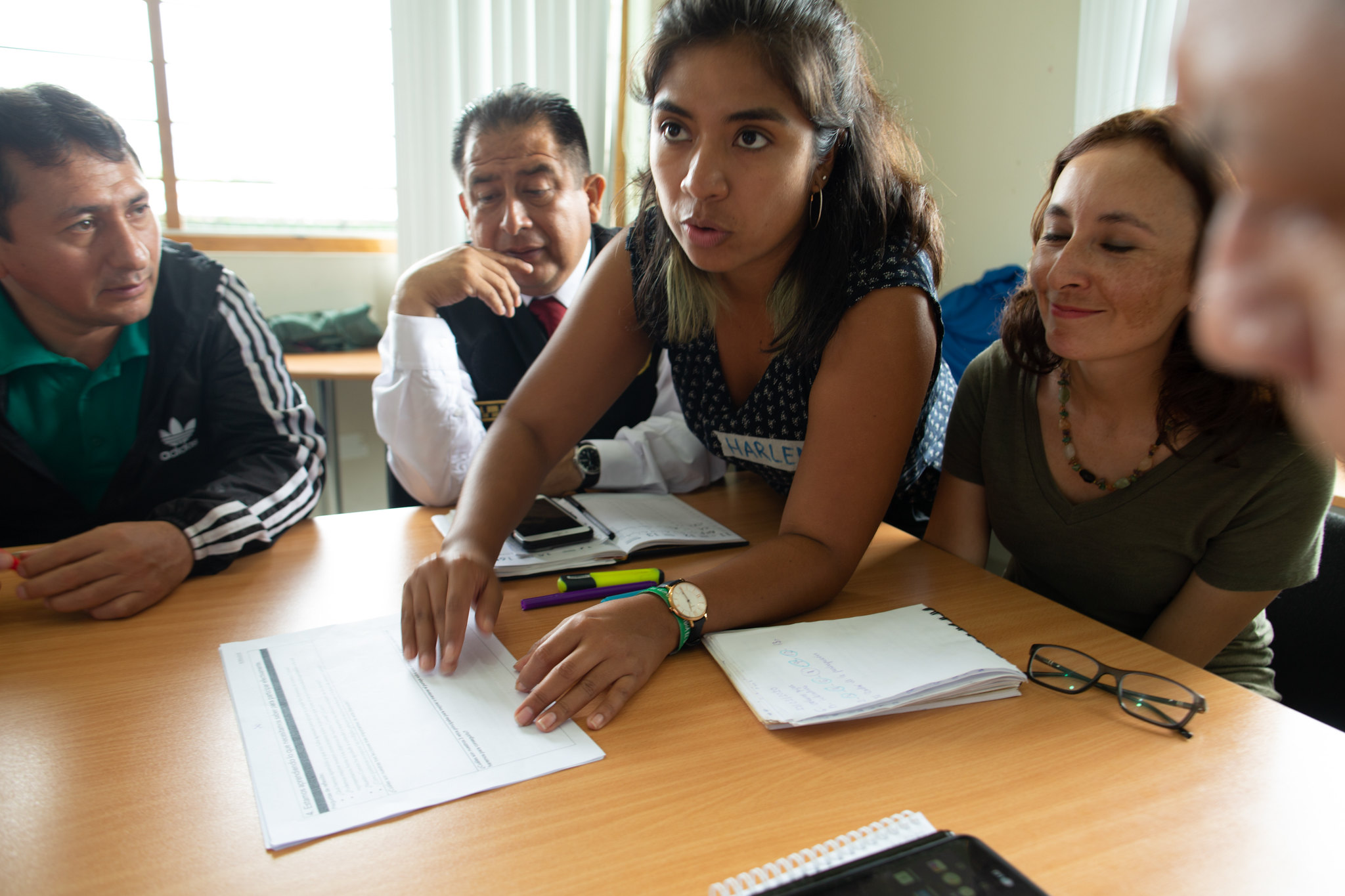
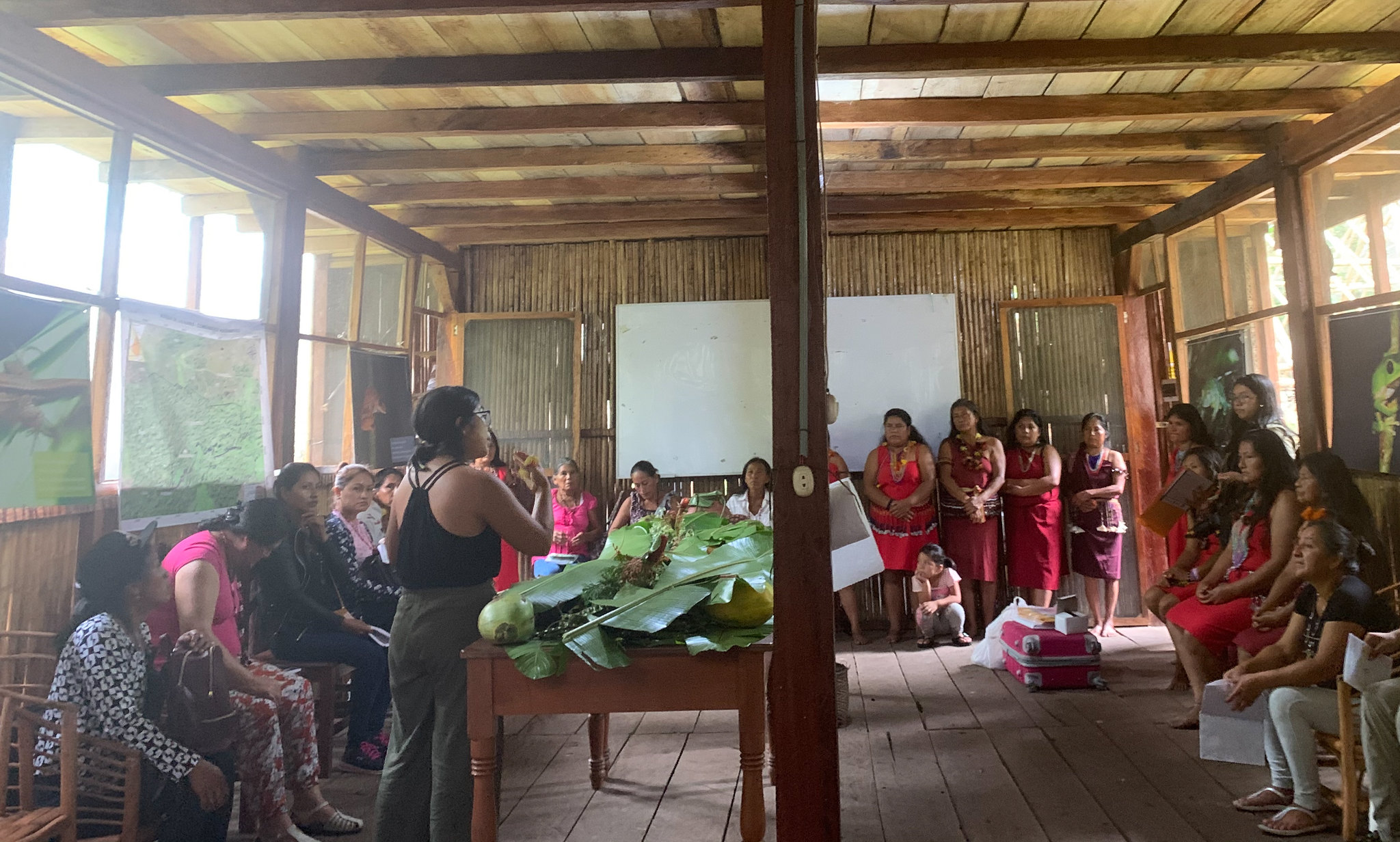
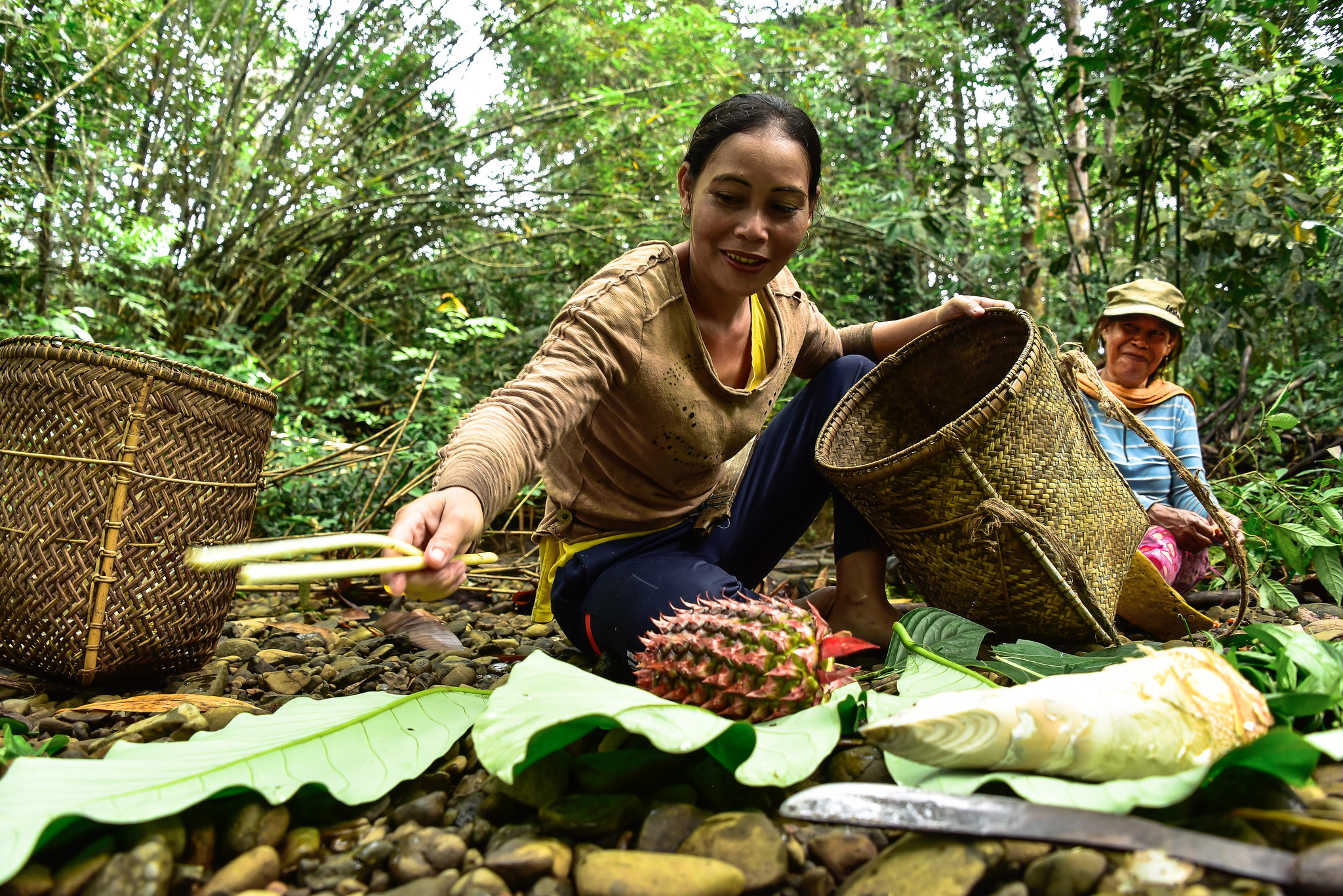
One lesson researchers have learned, says Tamara Lasheras de la Riva, a CIFOR-ICRAF senior research associate for gender equity and social inclusion based in Peru, is that gender and social inclusion must not be considered an isolated topic or “a box to be ticked.” Just as gender permeates all human relationships, it must transform the way researchers approach their work.
“This implies a change in the research paradigm, decolonizing research, so women are not simply considered as sources of information, but as stakeholders and participants,” Lasheras de la Riva adds.
In research on gender issues, “it’s the women who should reflect on it, while researchers should listen, analyse and create a space for mutual learning.”
She has done that with Indigenous women in Peru by having them role play the tasks carried out by a man and a woman, hour by hour throughout the day, and then discussing the list of activities. While interactive and fun, the role playing led the women to a deeper awareness of inequities and ideas for addressing them.
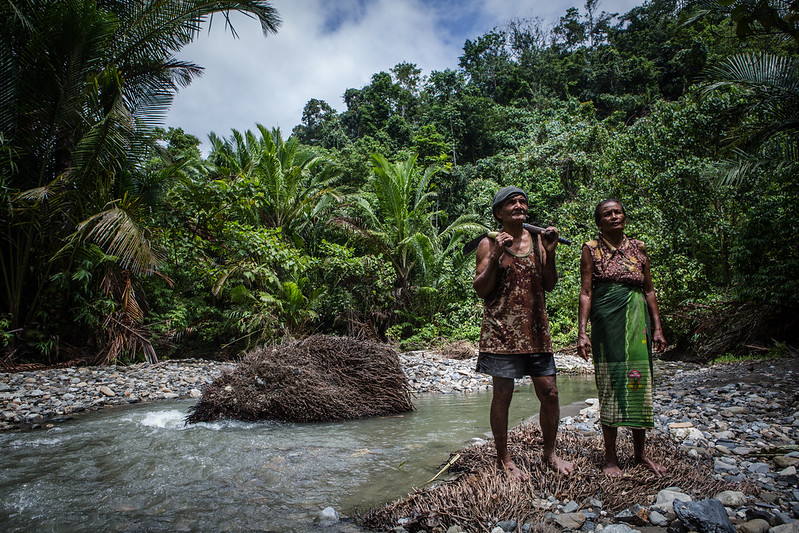 Silas Matoke and his wife Yordana Yawate, pose for photograph as they harvesting sago known as ‘pangkur’ on the banks of the Tuba river in Maluku, Indonesia. Photo by Ulet Ifansasti/CIFOR
Silas Matoke and his wife Yordana Yawate, pose for photograph as they harvesting sago known as ‘pangkur’ on the banks of the Tuba river in Maluku, Indonesia. Photo by Ulet Ifansasti/CIFOR
Work on gender issues must also involve men, she says, because gender is not a ‘women’s issue’ – it is a matter of transforming power relationships in households, communities and political systems.
Nevertheless, in Kenya, Kagai has found that working with women, especially, has had a ripple effect. “In my community of Ndeiya, the woman is the one who works on the farm. She is the carrier of the seeds. She carries the knowledge to the next generation,” Kagai says. “We train a woman, then she trains another who wasn’t able to attend the workshop. That multiplier effect has brought about a lot of change in the community.”
For more information about CIFOR-ICRAF’s work on gender equality and social inclusion (GESI), please contact Elisabeth Leigh Perkins Garner (e.garner@cifor-icraf.org) or Anne Larson (a.larson@cifor-icraf.org).
Story development: Barbara Fraser | Video production: Aris Sanjaya | Web design: Gusdiyanto | Publication coordination: Erin O’Connell
We want you to share Forests News content, which is licensed under Creative Commons Attribution-NonCommercial-ShareAlike 4.0 International (CC BY-NC-SA 4.0). This means you are free to redistribute our material for non-commercial purposes. All we ask is that you give Forests News appropriate credit and link to the original Forests News content, indicate if changes were made, and distribute your contributions under the same Creative Commons license. You must notify Forests News if you repost, reprint or reuse our materials by contacting forestsnews@cifor-icraf.org.



